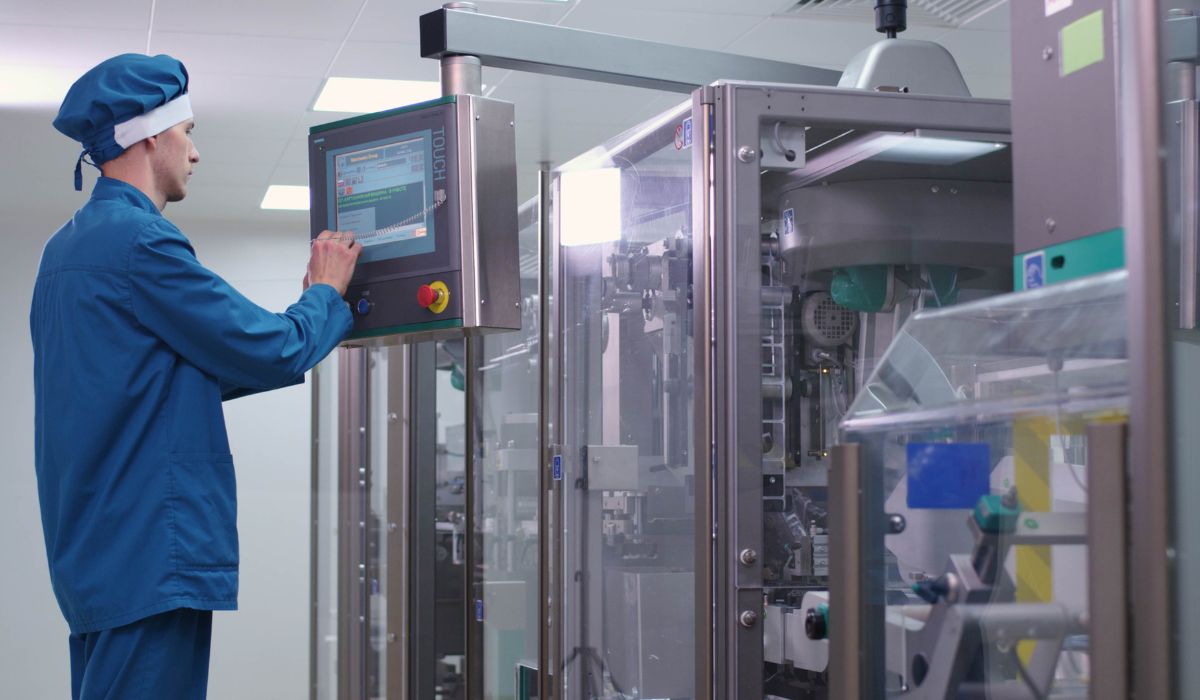
What is Automation?
Automation is the use of machines, software, or robots to perform tasks that were earlier done by humans. In factories, it is used for welding, packaging, assembly, and material handling.
Automation makes work:
- Faster
- Safer
- More accurate
- Less costly
Why is Indian Automation Solutions Industry is growing ?
There are several reasons for this growth:
- Need for quality and speed in production
- Shortage of skilled labor in manufacturing
- Support from government schemes like Make in India
- Rising demand from sectors like automotive and pharma
- Increasing global competition
Indian industries now realize the need to upgrade to stay competitive.
Key Benefits of Automation
- Time Saving: Machines can work 24/7 without breaks.
- Error Reduction: Tasks are done with high accuracy.
- Cost Efficiency: Reduces waste and downtime.
- Worker Safety: Minimizes risky human tasks.
- Better Product Quality: Maintains uniform standards.
These benefits make automation a smart investment for companies of all sizes.
Industries Adopting Automation
Several sectors are now using automation to improve their operations:
- Automobile: For welding and assembly
- Electronics: For circuit placement and testing
- Pharmaceuticals: For quality checks and packaging
- Food & Beverage: For sorting, packing, and labeling
Even small factories are beginning to automate at least part of their process.
Technologies Used in Automation

- Robots for high-speed operations
- Sensors and PLCs to monitor and control machines
- CAD/CAM software for system design
- AI and machine learning to make systems smarter
- IoT (Internet of Things) to track and manage data
These technologies improve efficiency and offer real-time control.
Opportunities for Indian Manufacturers
With automation, companies can:
- Produce more in less time
- Lower operating costs
- Improve product consistency
- Respond quickly to market demands
- Enter new markets with better standards
This helps Indian manufacturers compete globally.
Future Trends in Indian Automation
The future of automation in India is promising. Here are some trends to watch:
- Collaborative robots that work with humans
- Energy-efficient systems
- AI-powered automation for smarter decisions
- Digital twins for testing virtual models
- Cloud-based systems for remote control
These innovations will shape the next generation of factories.
Challenges in the Industry
Despite the growth, there are challenges:
- High initial cost of automation systems
- Lack of trained manpower
- Fear of job loss in traditional setups
- Need for continuous maintenance and updates
Companies can overcome these challenges with better planning and training programs.
Skills Needed in Automation
The rise in automation has also created demand for skilled professionals in:
- Automation design and programming
- Robotics engineering
- PLC and sensor integration
- Maintenance and troubleshooting
This has opened up job opportunities for young engineers and technicians across India.
Role of Small and Medium Enterprises (SMEs)
Earlier, only large companies could afford automation. But now, even SMEs are adopting it. Affordable technology, government support, and flexible designs have made it easier.
SMEs are automating tasks like:
- Material handling
- Product inspection
- Basic welding or assembly
- Packaging and labeling
This helps them increase output and reduce dependence on manual labor.
Automation and Sustainability
Automation also supports sustainable manufacturing. By reducing energy use, waste, and human error, companies can lower their environmental impact.
Smart systems also track energy usage and help in predictive maintenance, avoiding equipment failure and reducing breakdowns.
Conclusion

With the right technology and workforce, India is set to become a global leader in automation.
